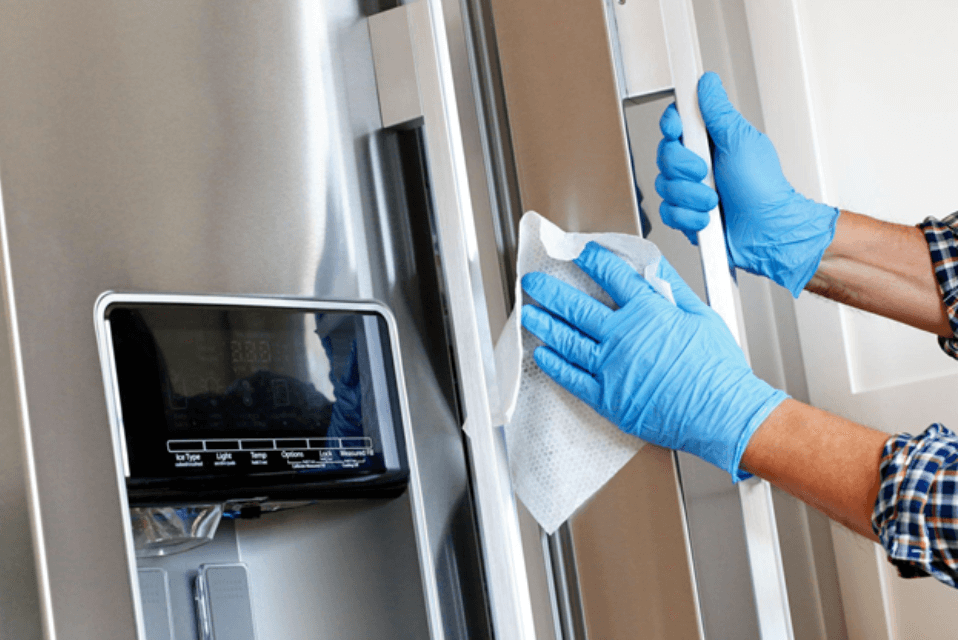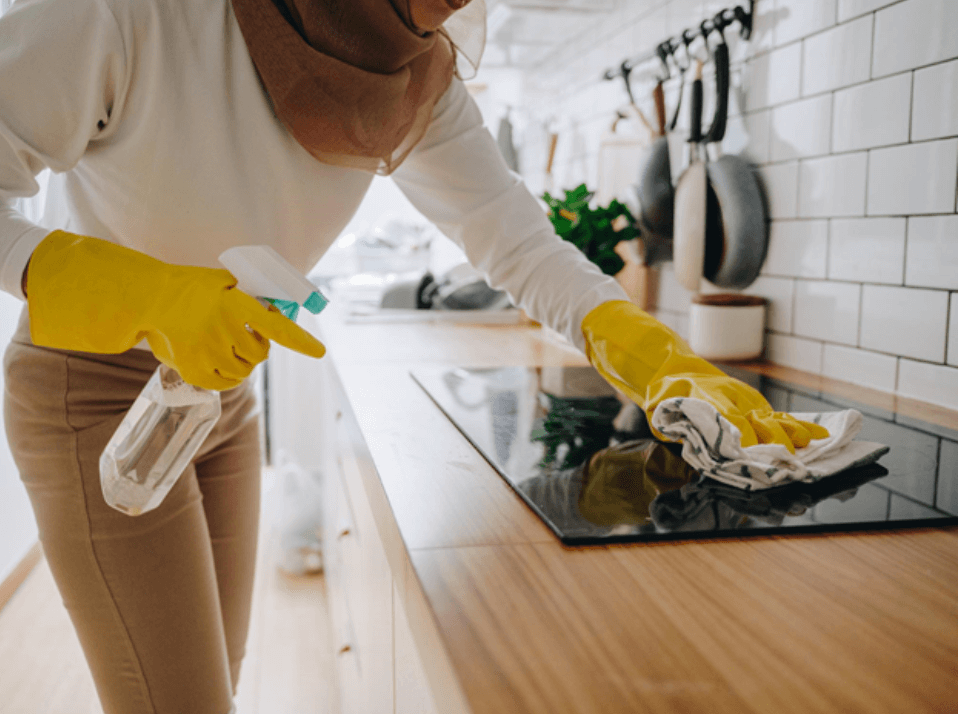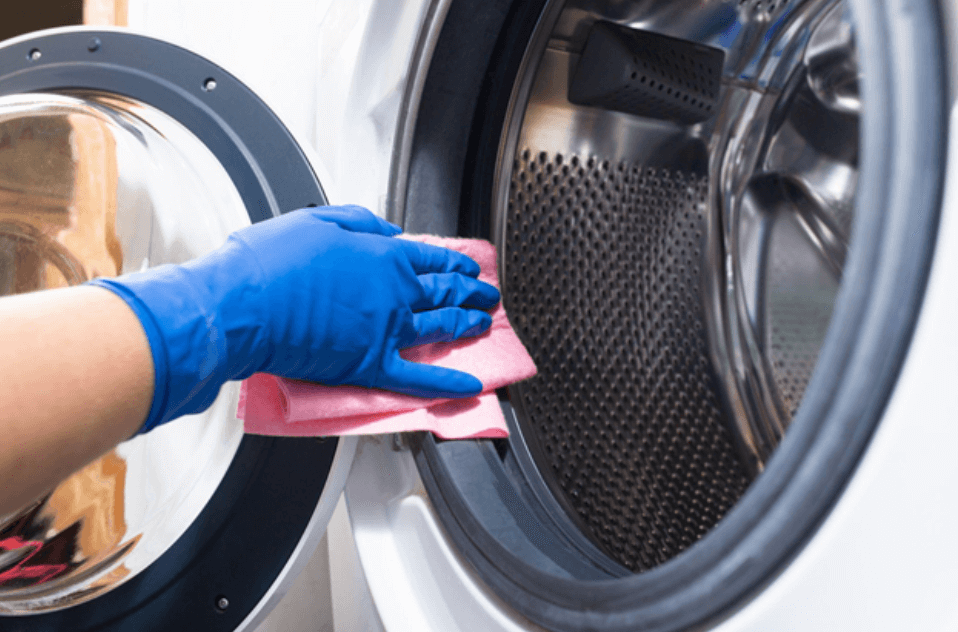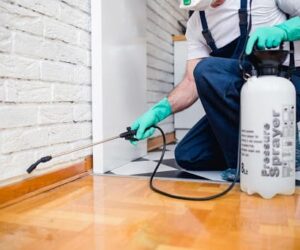With just a little bit of elbow grease and some products you probably already have in your home, you can expertly clean all your appliances in a flash.
No need to purchase expensive cleaning equipment. Just grab your baking soda, white vinegar, dish soap, and some clean water, and you’re ready to roll.
 The Fridge
The Fridge
To expertly clean your fridge, you want to first make sure you’ve thrown out any expired products or moldy food. It happens to the best of us, but germs from spoiled food can spread to other shelves and drawers in your fridge.
Next, empty out your entire fridge and place your good products on a clean table. Take out your shelving, drawers, and any other removable parts. You can wash the removable parts by hand in your sink with regular dish soap and water. Be sure you don’t run cold glass under hot water as it could break! The best thing to do is wait until the shelves come to room temperature and then clean them.
For the inside of the fridge, wipe it down with hot soapy water then rinse off with clean water. Dry everything off with a towel when you’re done. Once you’re finished, you can go a step further and sanitize your fridge by mixing 1 tablespoon of liquid bleach with 4 liters of water. Once everything is dry, you can place the shelving and drawers back into the fridge, along with your products.
If you have a smart fridge or an LG refrigerator that dispenses water, make sure you’re also replacing the water filter that sits on the inside of the door. The filters reduce the taste of chlorine in the water and also remove some potentially harmful contaminants, keeping your water clean.

The Stovetop
You can clean both an electric stovetop and a gas stovetop the same way. If you have a gas stove, you’ll want to remove the grates and any burner covers first. Then fill a bowl with warm water and a small squirt of dish soap. Using a cloth, dip it into the mixtures and then wipe down the stovetop in circular motions.
If you have stubborn stains, try sprinkling baking soda over them and letting it sit for about 20 minutes before washing with soapy water. For grates, if you have a gas stove, you can place them in the sink and wash them in soapy water. Sometimes the knobs on the stove will also come off, so you can get in and clean off grease or food crumbs. For hard-to-reach places, an old toothbrush will work wonders.
Once everything is clean, make sure the surface is dry before using. A microfiber cloth does a great job of speeding up the process.
The Dishwasher
Yes, your dishwasher needs some loving, too! Just because it goes through a cleaning cycle possibly once a day doesn’t mean it’s cleaning itself.
The first step is to clear the filter. For specific instructions, make sure you read the use and care guide that came with your machine. When you clean out the filter, you’re looking to get rid of grease and food buildup, which could be causing poor performance. Some filters can’t be removed, so you might have to work around this.
Next, pour 2 cups of white vinegar into a dishwasher-safe cup that can stand upright on the lower rack. No need to add detergent. Just run a normal cycle through, preferably without the heat dry option. Once the cycle is done, it’s time to add baking soda. Sprinkle 1 cup on the bottom of the dishwasher and run a hot water cycle. And that’s it—super simple and cost-effective!
The Microwave
Cleaning your microwave is super simple. Start by filling a microwave-safe bowl halfway with water, squeeze in half of a lemon, and then place the lemon in the bowl. It might sound strange, but what you’re effectively doing is creating steam inside the microwave, which helps lift away tough stains and grease. The lemon acts as a cleaning agent and is naturally antibacterial. It also has a refreshing scent!
You’ll want to run your microwave for 5 minutes. When the cycle is complete, carefully remove the bowl and set it aside. The microwave will be hot, so you can let it cool down for a minute before wiping down the inside with a damp microfiber cloth. However, you’ll still want it to be warm as this makes lifting the stains easier. If you have a removable tray inside the microwave, take this out to get all sides of the microwave. You can also clean the tray with soap and water if you want.
If the cloth isn’t cutting it for you, you can always switch to a sponge or a cleaning brush. To avoid messes in the future, be sure to cover your food with a paper towel or dish similar in size to the one that’s holding your food.

The Washing Machine
Top Load
To keep your washing machine clean, it’s best to periodically run it with a cleaning solution. This can help get rid of buildup from detergents and the dirt from your clothes. The best way to do this is by filling the washer with hot water and then adding about 4 cups of liquid bleach. Let the machine run for 1 minute so the solution mixes together. Open the top of the machine so that it stalls. Let the mixture sit in the basin for an hour.
When time is up, shut the door and let the machine complete its cycle. After the cycle is complete, you’ll have to do this over again, except this time with white vinegar.
It’s important you do not mix white vinegar with bleach. By allowing the bleach to fully drain out of the basin, there’s no chance that the two will mix. If you’re still concerned about the use of bleach in this process, you can skip it entirely.
Fill the basin up with hot water and then add 4 cups of white vinegar. Let it run for about 1 minute and then open the top so the process stalls. Let the water and vinegar sit for an hour and then let the machine complete the cycle. After this process is done, you can wipe down the inside with a clean cloth and water.
Front Load
You’ll notice that the above steps are specifically for a top-load washing machine. For a front-load washing machine, the steps are going to be slightly different.
First, add white vinegar to a spray bottle and spray the inside of the washing machine, wiping it all around with a cloth. Make sure you also clean around the rubber gaskets. Next, pour 2 cups of white vinegar into the detergent dispenser and let the machine run on its longest cycle.
Once the cycle is complete, sprinkle baking soda directly onto the drum and let it run one more cycle. After this is done, wipe down the door with your cloth and a spritz of vinegar. Leave the door open so the machine can breathe and mildew doesn’t build up.
There You Have It!
By following the above steps, you can expertly and naturally clean your household appliances. If you prefer not to use bleach while cleaning, you can remove it from any of the steps and still achieve similar results.



